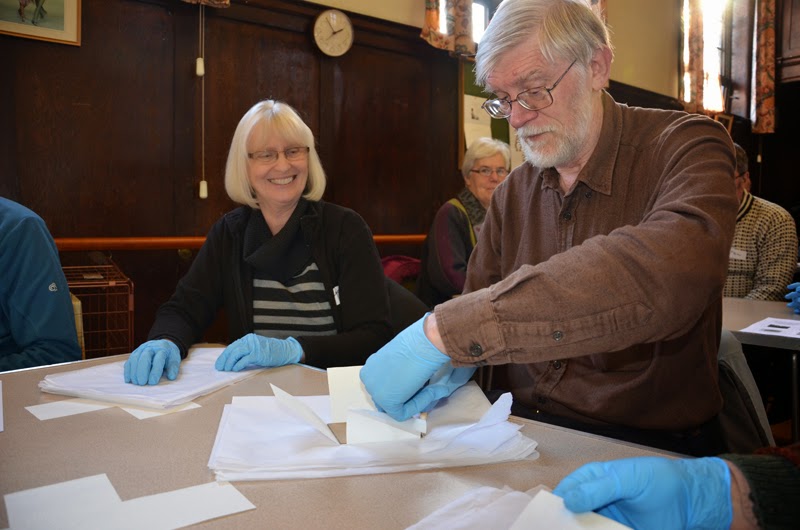Miniature Cameras
Okay, so not actually James Bond's cameras but take a look at the fantastic miniature 'spy' cameras in the Winters / Cameron collection!V P Twin Camera
 The largest of the cameras above is the VP Twin camera, origianlly launched in 1935 and relaunched in 1952. It was manufactured by W. Elliott Ltd in Birmingham, UK; and its body is made of Bakelite. It took 127 film producing sixteen 5/8" x 1¼" exposures. Small enough to fit in a top pocket!
The largest of the cameras above is the VP Twin camera, origianlly launched in 1935 and relaunched in 1952. It was manufactured by W. Elliott Ltd in Birmingham, UK; and its body is made of Bakelite. It took 127 film producing sixteen 5/8" x 1¼" exposures. Small enough to fit in a top pocket!The next size up on the image above, is the Sida Geesellschaft fur photographische Apparate m.b.H., Berlin, Germany. It shot 25x25mm images onto paper-backed 32mm "Sida" rollfilm.
 'Super Snaps' Flicker
'Super Snaps' Flicker
The Supasnaps Flicker was a 6cm miniature camera dating from the 1980's. Made of injection moulded
polystyrene that took a 110 cartridge film it was suitable for keeping on a keyring and was part of the modern generation of pocket cameras that took over from subminiatures.
Mycro IIIA
We've saved the best 'til last; The Mycro IIIA subminiature was last in the Mycro line and was produced in Japan for export only. You can see just how small it was here against a 50 pence piece. It used 17.5mm paper backed rollfilm with early versions producing 10×14mm exposures and later ones producing a sqiare 14×14mm exposure. The camera came with a leather case, and has a cable release attachment.We think everyone should have one!










































